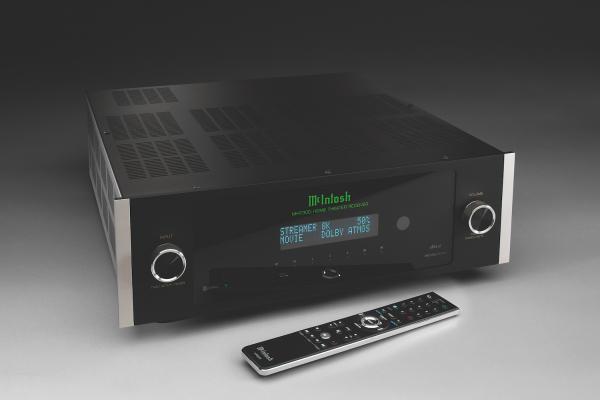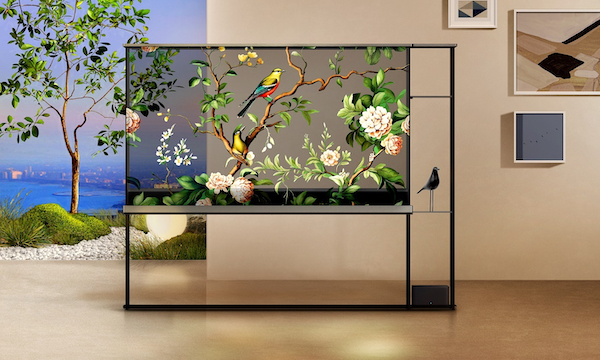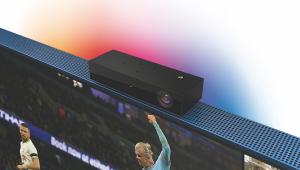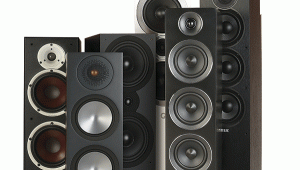The higher-end AV hardware gets, the more invisible it often becomes...

Not long after, Sonus faber announced a £695,000 package, called Suprema, but at least this comes with a couple of subwoofers.
These launches piqued my interest, because it confirmed that the 'high-end' in hi-fi is still a thing, even while the budget arena is booming. Music lovers have never had so much choice.
It's a different story in home cinema, where 'high-end' can refer to a £2,000 soundbar or £5,000 AV receiver. Indeed, ask me to name the most costly AVR I can think of and I'd struggle to get beyond McIntosh's gorgeous MHT300 [pictured, and reviewed here]. This sells for £8,995 and claims a power output of 120W for each of its seven channels.
Back over in hi-fi land, D'Agostino will sell you a two-channel power amp – the S250 MxV, which boasts 2 x 250W – for £55,000. And to that you'd need to add a preamp/DAC.
Some of the reason for the high-end in hi-fi is the pride of ownership thing. To take the D'Agostino amp as an example, it looks every bit as lush as you'd expect for the money. The casework is pimped by copper side-cheeks, and the front panel graced by a central watt meter display styled after a luxury watch. This almost makes up for its complete lack of Dolby Atmos support.
Hidden treasures
By contrast, plenty of AV gear looks a bit utilitarian. Moreover, in the home cinema arena, the more high-end your hardware becomes, the less likely you are to actually interact with it physically on a regular basis.
In the pro install world, loudspeakers are almost always hidden in-wall, in-ceiling and behind-screen. Projectors might be tucked away in a custom hush box or on a drop-down mount. Amplifiers, processors and sources are typically out of sight and out of mind in an external boot room.
One of the most expensive items in a kit rack might appear to be nothing more than a big black box – in such an environment, pride of ownership comes entirely from performance.
Don't think that I am arguing that home cinema gear ought to be more expensive. I appreciate the fact that it mostly seems to carry real-world pricing. But it does mean that some companies are probably not as profitable as they'd like to be.

Enter LG with the OLED T screen [above], which it unveiled at this year's CES. The South Korean company still remains coy on pricing and availability, but it is clearly set to sell for megabucks. It also this appears to have been designed with pride of ownership in mind. So too the oddly named DukeBox all-in-one speaker, where valve amp and transparent OLED panel technology meet in a design that's practically steampunk.
Clever engineering or otherwise, I'm not entirely convinced of the OLED T's appeal. I have never wanted to see what's on the other side of my TV, because typically all that's there is a blank wall, and maybe a couple of HDMI cables I thought I'd lost but had merely been hiding. On the other hand, I so desperately want to own a transparent TV it hurts. This must be what it feels like to be a stereophile staring at a Magico speaker.
So a round of applause is definitely due LG for bringing some flair back to AV. It's thought outside the box by making us able to see through the box.
This column first appeared in HCC #349, February 2024
 |
Home Cinema Choice #351 is on sale now, featuring: Samsung S95D flagship OLED TV; Ascendo loudspeakers; Pioneer VSA-LX805 AV receiver; UST projector roundup; 2024’s summer movies; Conan 4K; and more
|






















































